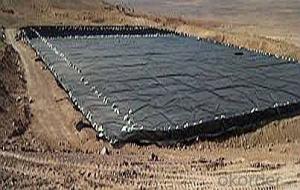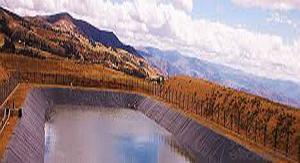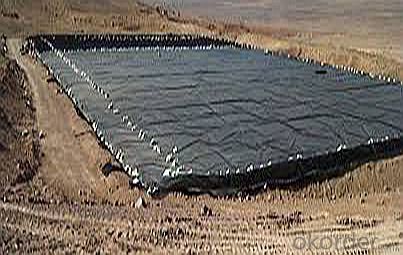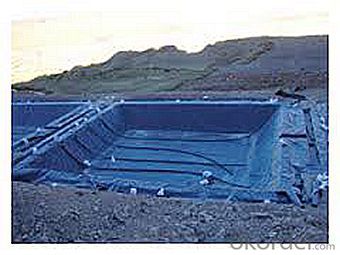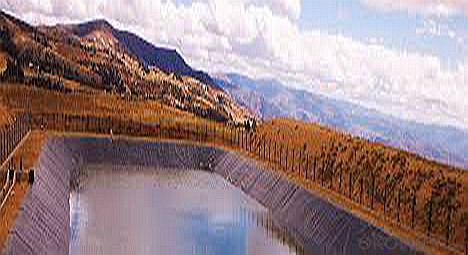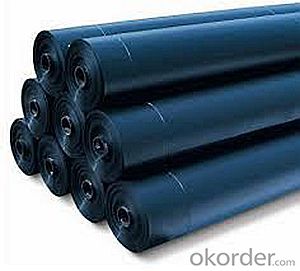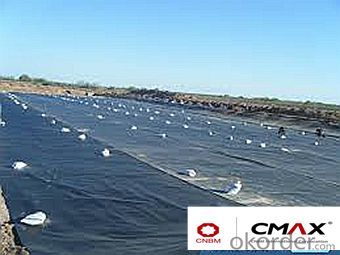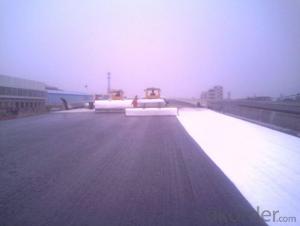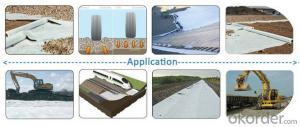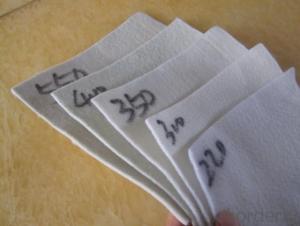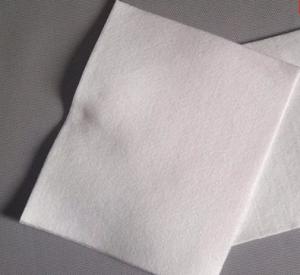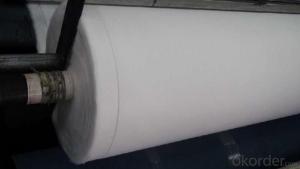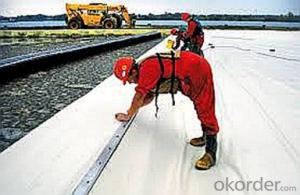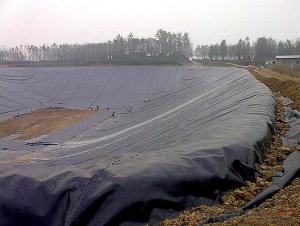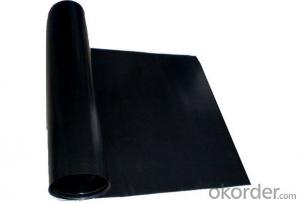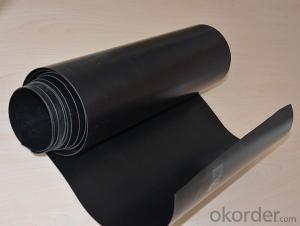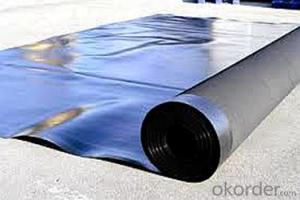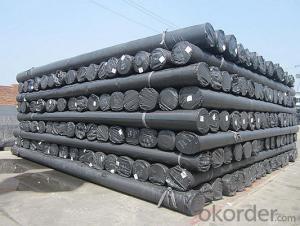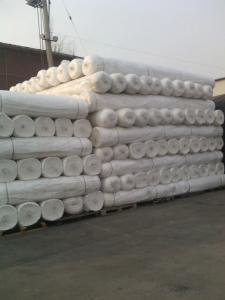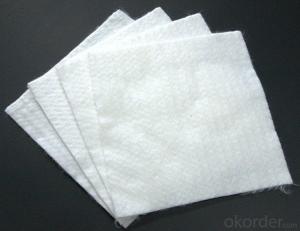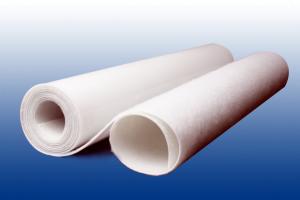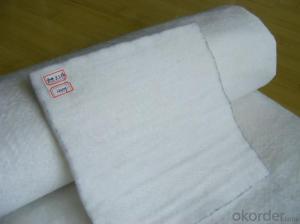Geotextile Drainage Fabric Linear Low-Density Polyethylene Geomembrane for Radioactive or Hazardous Waste Liquid
- Loading Port:
- China main port
- Payment Terms:
- TT OR LC
- Min Order Qty:
- 1000 m²
- Supply Capability:
- 1000000 m²/month
OKorder Service Pledge
OKorder Financial Service
You Might Also Like
Specification
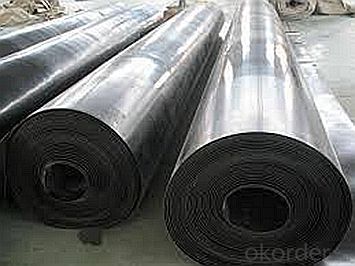
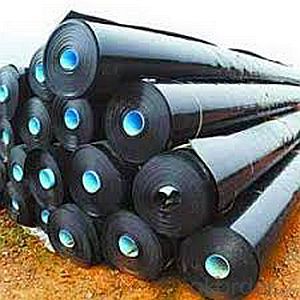
Specifications
professional,satisfied service , the most competitive price , the best product ,do as your requirement
Features:
1.It can effectively make the concentrated stress diffuse, transfer or decompound, and prevent the soil mass against the destruction of outside force.
2.It can prevent the mixture of sandstone, soil mass and concrete of upper and lower layers.
3.Its mesh is hard to jam by virtue of the compliancy and motility of the reticulation formed by indefinite form fibrous tissue.
Packaging & Shipping
Packing: PLASTIC FILM INSIDE, AND WOVEN BAG OUTSIDE
Shipping: About 15 days after receipt the deposit
geotextile fabric
permeability,filtration,easy for construction
ISO and CE certificate
Good quality and competitive price
Our Service
Quality assurance
1.On a regular basis or as per your request,we entrust national testing agencies to conduct quality inspections
2. Strictly in accordance with the ISO9001-2008 international quality system standard,we monitor and manage the whole process throughout production,quality testing,and measurement to ensure product quality
3. For quality-related construction delay or substandard construction(except for damage or losses due to customer’s responsibility or irresistible natural disasters),we have refunding,replacement,and repair services.We will respond to customers’ feedbacks on quality issues within 24 hours.
After-sales service
1.In order to provide customers with comprehensive technical support,we will provide technical and other related information upon request in a timely manner.
2.In required,we will appoint specialized technicians to the construction site to give technical trainings to construction people,and offer technical guidance throughout the whole construction process.
3.For damage due to shipment and delivery,after we receive the complaint,we will check the issure through provided pictures and videos.If our responsibility is confirmed,we wil offer free replacement.
4.When the construction is completed,as your request,our technical staff may participate in the final acceptance.
FAQ:
Q: What kind of payments does jenor support?
A: T/T, L/C, Cash are accepted.
Q: Do you charge for the samples?
A: Accordeing to our company policy, the samples are free, we only charge the freight fee. And we will return the freight fee during the next order.
Q: Can you produce according to customers' design?
A: Sure, we are professional manufacturer, OEM and ODM are both welcome.
Q: Do you have other products?
A: Yes, please check the pictures:
- Q: Can geotextiles be used in land reclamation projects?
- Yes, geotextiles can be used in land reclamation projects. Geotextiles are often employed to stabilize soil and prevent erosion during the reclamation process. They provide a barrier that separates different soil layers, allowing water to drain while preventing the loss of fine particles. Additionally, geotextiles can reinforce weak soils, increase their load-bearing capacity, and promote vegetation growth, making them a valuable tool in land reclamation projects.
- Q: What are the specifications for geotextiles used in geosynthetic tubes?
- Geotextiles used in geosynthetic tubes typically have specific specifications that vary depending on the specific application and project requirements. These specifications may include factors such as tensile strength, puncture resistance, permeability, UV resistance, and fabric weight. The specific specifications for geotextiles used in geosynthetic tubes should be determined based on the intended use and the engineering design of the project.
- Q: What are the different geotextile filtration testing methods?
- Some of the different geotextile filtration testing methods include the gradient ratio test, the permittivity test, the sieve analysis test, the flow rate test, and the hydraulic conductivity test. These methods are used to determine the effectiveness of geotextiles in filtering water and preventing soil erosion.
- Q: How are geotextiles used in civil engineering?
- Geotextiles are used in civil engineering for various purposes such as soil stabilization, drainage, filtration, erosion control, and reinforcement. They are often employed to prevent soil erosion, improve soil strength, and enhance the overall stability of civil engineering structures like roads, embankments, and retaining walls. Geotextiles are also used in the construction of landfills, dams, canals, and coastal protection systems to provide effective filtration and drainage properties.
- Q: Are geotextiles suitable for use in rain garden systems?
- Yes, geotextiles are suitable for use in rain garden systems. Geotextiles can be used as a filter fabric to separate the soil and gravel layers in rain gardens, preventing clogging and promoting proper drainage. They help to retain water and nutrients while allowing excess water to flow through, making them an effective component in rain garden construction.
- Q: What is the difference in role of earth anchors and geotextiles in the construction of retaining wall?
- Geotextiles prevent the infiltration of the natural, insitu soil into sand or structural gravel that you may place as a foundation to the retaining wall. You can think of it as a membrane that keeps the two types of material of different densities, from gradually mixing together. A free standing retaining wall will likely not be successful as the pressure of the retained soil behind the wall will build up due to settlement, and eventually cause the wall to topple. Earth anchors that tie into the wall and extend into the backfill material (retained earth) serves to support the wall and keep it from failing.
- Q: How do geotextiles help with sediment filtration in stormwater ponds?
- Geotextiles help with sediment filtration in stormwater ponds by acting as a physical barrier that prevents sediment from entering the water body. These permeable fabrics allow water to pass through while trapping sediment particles, thereby reducing the amount of pollutants and sediments that can harm aquatic ecosystems.
- Q: In the cofferdam construction process, geotextile materials after entering the need to arrange sampling test? Is there a specification? If the arrangements for testing, is to do physical experiments, or do chemical experiments, or do? More
- Physical experiments,
- Q: Geotechnical deployment of aging detection of what indicators
- Geotextile aging test: anti - ultraviolet ability. That is, at a certain temperature, the sun under the strong changes in geotextile.
- Q: Can geotextiles be used in groundwater protection systems?
- Yes, geotextiles can be used in groundwater protection systems. Geotextiles are permeable fabrics that can effectively filter and separate soil particles and other materials, preventing their migration into groundwater. They can be used as liners, barriers, or filters in various groundwater protection systems, such as landfills, ponds, and stormwater management systems, to enhance water quality and prevent contamination.
Send your message to us
Geotextile Drainage Fabric Linear Low-Density Polyethylene Geomembrane for Radioactive or Hazardous Waste Liquid
- Loading Port:
- China main port
- Payment Terms:
- TT OR LC
- Min Order Qty:
- 1000 m²
- Supply Capability:
- 1000000 m²/month
OKorder Service Pledge
OKorder Financial Service
Similar products
Hot products
Hot Searches
Related keywords
